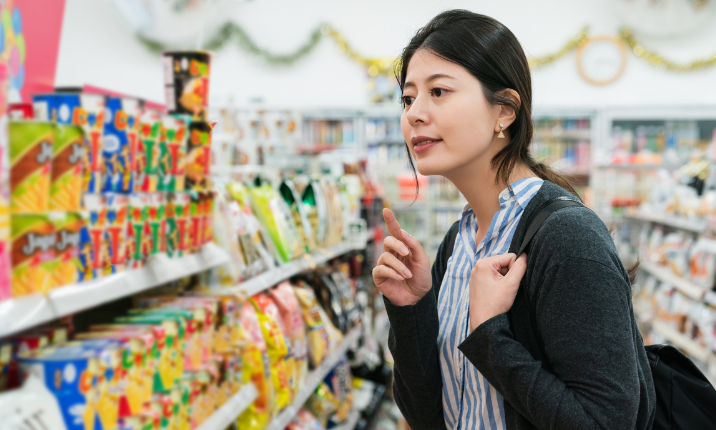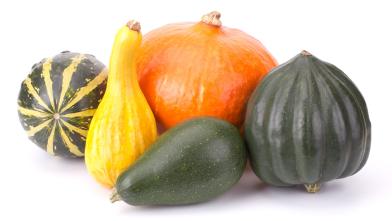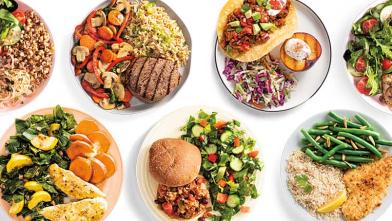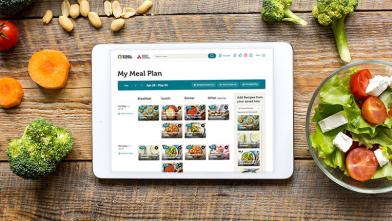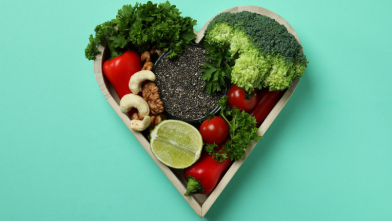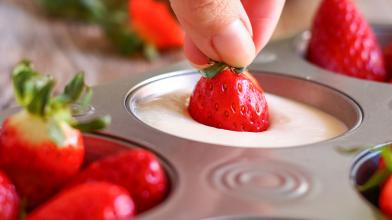Whether you are someone who loves going to the grocery store or someone who dreads another store trip, navigating the grocery store aisles and safely managing your food at home plays a crucial role in your diabetes management journey.
There are savvy ways to make the most out of your food shopping trips that can be healthier and even less costly. Try these 17 tips on your next store run.
Before Going to the Store
- Take some time to identify meals you plan to make during the week and put any ingredients you don’t have in a list.
–Bonus tip: Make a free account on Diabetes Food Hub to easily create a grocery list from your saved recipes. You can even use the meal planning feature to map out your meals for the whole week! - Don’t go food shopping when hungry. It’s best to shop after a meal (or at least have a healthy snack beforehand) so it’ll be easier to resist temptations that don’t stick to your diabetes eating plan.
While Shopping at the Grocery Store
- If possible, shop alone so you can stay focused on what you need, not the whims and distractions of shopping companions.
- If you’re buying dairy products, meat, seafood, or other refrigerated or frozen food, pick them up last so they don’t have to stay out of the cold as long. Another great idea is to bring a cooler with ice packs to store them on the way home.
- When it comes to produce, dairy, and other items that go bad quickly but you can’t freeze, buy only what you need so your purchases won’t spoil. This will also help you from wasting money on uneaten food.
- Use separate plastic bags for raw meats to keep leaks from spreading onto other items you are buying on your way home.
- Check expiration dates and remember that grocery stores use a first-in, first-out method of stocking inventory. That means the freshest foods are usually at the back, so look for products in the back to get a later expiration date.
- Keep in mind that there is a difference between “sell-by” and “use-by” dates. The use-by date is the one that is most crucial, as it tells you when the last day of an item’s peak quality is. Be sure to either eat or throw away foods by the use-by date.
- Check the integrity of food packaging and foods themselves. Don’t buy food in dented cans or compromised packaging and check the bottom of packaged produce for mold. Smell meats and seafood for foul scents.
- Take a look at the Nutrition Facts label when comparing the same food from different brands since the nutrition and ingredients can differ.
How to Maximize Food Safely at Home
- Make sure your hands, counters, and tools are clean.
- Place groceries that need chilling in the refrigerator or freezer immediately.
- Avoid contact between raw and cooked foods in your refrigerator.
- Thaw frozen foods safely, like in the refrigerator overnight, in the microwave on the defrost setting, or on the counter in a bowl of cold water for a few hours. Be sure to never thaw food at room temperature.
- Have separate cutting boards for produce and raw meats and make sure to wash them after each use.
- Your produce may look clean, but always wash it before cooking or eating it.
- Wash your reusable grocery bags! You can use an antibacterial cleaning spray or soapy sponge to make sure you get rid of any germs.
